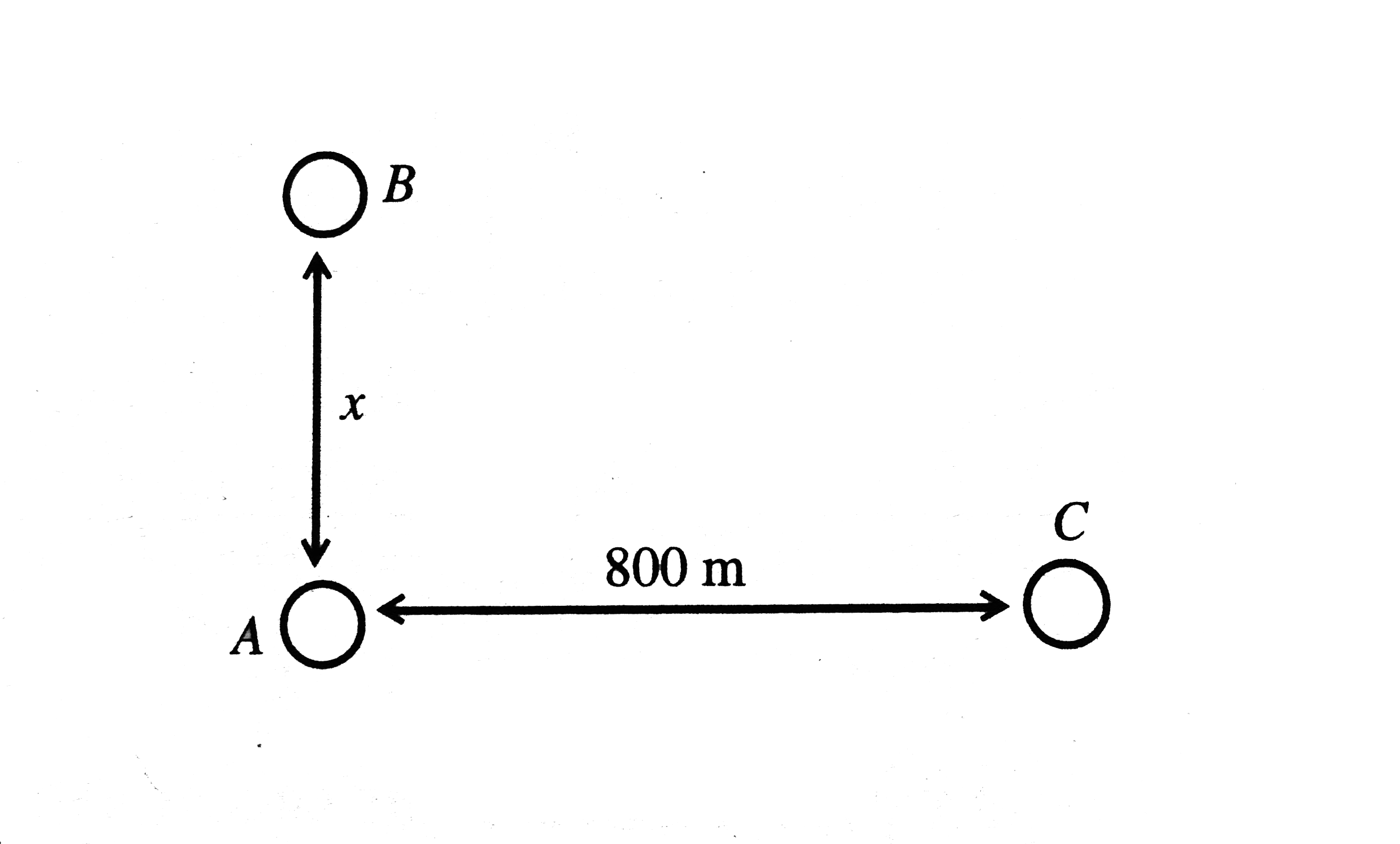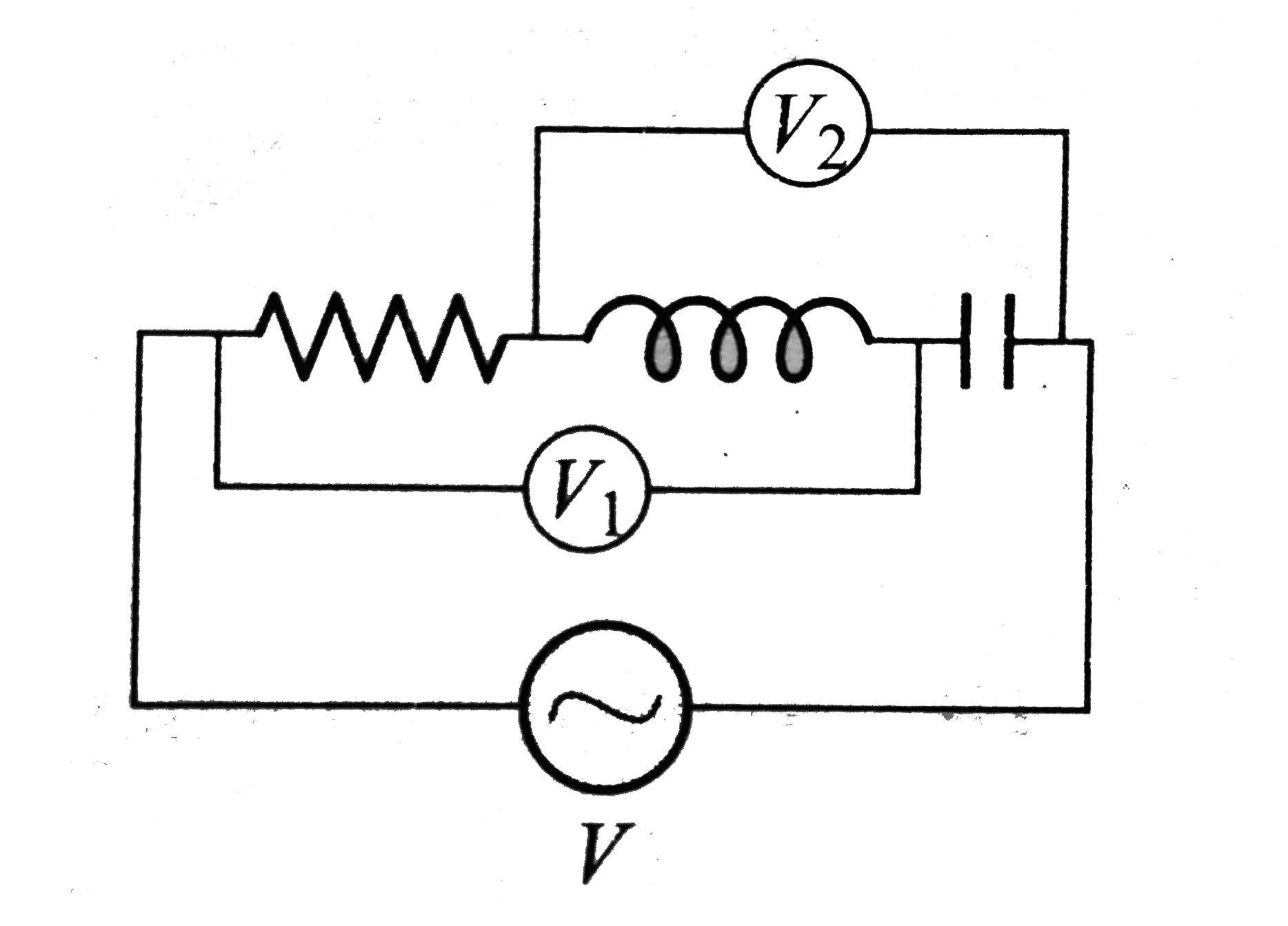Mark out the coreect statemnet (s).
For an exothermic reaction, if Q value is+12.56MeV and theKE of incident particcle is 2.44MeV, then the totla KE of products of reaction is 15.00MeV.
For an exothermic reaction, if Q value is +12.56MeV and the KE of incident particcle is 2.44MeV, then the totla KE of products of reaction is 12.56MeV.
For an endothermic reaction, if we give the energy equal |Q| value of reaction, then the reaction will be carried out.
For an exothermic reaction, the BE per nucleon of products should be greater than the BE per nucleon of reactants.
The correct Answer is:a,d
To solve the question regarding the correct statements about exothermic and endothermic reactions, we can break down the explanation into clear steps:
Step 1: Understanding Exothermic Reactions
- An exothermic reaction is one where energy is released to the surroundings. This means that the total energy of the products is lower than that of the reactants.
- The relationship can be expressed as:
KEincident+Q=KEproducts
where KE is the kinetic energy and Q is the energy released (the Q value).
Step 2: Analyzing the Given Q Value
- In the problem, it is stated that Q is +12.5 MeV. This indicates that the reaction is exothermic.
- The total energy of the products can be calculated as:
KEproducts=KEincident+Q
If KEincident is 2.44 MeV, then:
KEproducts=2.44 MeV+12.5 MeV=15 MeV
Step 3: Understanding Endothermic Reactions
- An endothermic reaction requires energy to proceed. The energy input must be greater than the Q value for the reaction to occur.
- The condition for an endothermic reaction can be expressed as:
KEincident+Q>0
This means that the energy provided must exceed the energy required for the reaction.
Step 4: Binding Energy Considerations
- For exothermic reactions, the binding energy per nucleon of the products must be greater than that of the reactants. This indicates that the products are more stable.
- The graph of binding energy versus the number of nucleons shows that stable nuclei have higher binding energy per nucleon.
Conclusion
- Based on the analysis, the correct statements regarding exothermic and endothermic reactions are:
- The binding energy per nucleon of the products is greater than that of the reactants in exothermic reactions.
- For endothermic reactions, the energy provided must be greater than the Q value for the reaction to proceed.
Final Answer
- The correct statements are:
- Option A: The binding energy per nucleon of products is greater than that of reactants in exothermic reactions.
- Option B: For endothermic reactions, energy must be greater than Q for the reaction to occur.
- An exothermic reaction is one where energy is released to the surroundings. This means that the total energy of the products is lower than that of the reactants.
- The relationship can be expressed as:
KEincident+Q=KEproducts
where KE is the kinetic energy and Q is the energy released (the Q value).
- In the problem, it is stated that Q is +12.5 MeV. This indicates that the reaction is exothermic.
- The total energy of the products can be calculated as:
KEproducts=KEincident+Q
If KEincident is 2.44 MeV, then:
KEproducts=2.44 MeV+12.5 MeV=15 MeV
- An endothermic reaction requires energy to proceed. The energy input must be greater than the Q value for the reaction to occur.
- The condition for an endothermic reaction can be expressed as:
KEincident+Q>0
This means that the energy provided must exceed the energy required for the reaction.
- For exothermic reactions, the binding energy per nucleon of the products must be greater than that of the reactants. This indicates that the products are more stable.
- The graph of binding energy versus the number of nucleons shows that stable nuclei have higher binding energy per nucleon.
- Based on the analysis, the correct statements regarding exothermic and endothermic reactions are:
- The binding energy per nucleon of the products is greater than that of the reactants in exothermic reactions.
- For endothermic reactions, the energy provided must be greater than the Q value for the reaction to proceed.
- The correct statements are:
- Option A: The binding energy per nucleon of products is greater than that of reactants in exothermic reactions.
- Option B: For endothermic reactions, energy must be greater than Q for the reaction to occur.
Topper's Solved these Questions
- BOOK - CENGAGE PHYSICS ENGLISHCHAPTER - NUCLEAR PHYSICSEXERCISE - Linked Comprehension29videos
NUCLEAR PHYSICS
- BOOK - CENGAGE PHYSICS ENGLISHCHAPTER - NUCLEAR PHYSICSEXERCISE - Integer6videos
NUCLEAR PHYSICS
- BOOK - CENGAGE PHYSICS ENGLISHCHAPTER - NUCLEAR PHYSICSEXERCISE - Subjective35videos
NUCLEAR PHYSICS
- BOOK - CENGAGE PHYSICS ENGLISHCHAPTER - MISCELLANEOUS VOLUME 5EXERCISE - Integer12videos
MISCELLANEOUS VOLUME 5
- BOOK - CENGAGE PHYSICS ENGLISHCHAPTER - PHOTOELECTRIC EFFECTEXERCISE - Integer Type4videos
PHOTOELECTRIC EFFECT
Similar Questions
Mark out the incoreect statemnet.
View SolutionMark out the correct statement(s).
View SolutionMark out the correct statement(s).
View SolutionA point source of light is taken away from the experimental setup of photoelectric effect. For this situation, mark out the correct statement (s).
View SolutionTwo speakers are placed as shown in Fig.7.98.
Mark out the correct statement(s)
 View Solution
View SolutionTwo samples A and B of same radioactive nuclide are prepared. Sample A has twice the initial activity of sample B. For this situation, mark out the correct statement (s).
View SolutionIn an RLC series circuit shown in fig. the reading of voltmeters (V1)and(V2) are 100 V and 200 V respectively. The source voltage is 130 V. for this situation, mark out the correct statements (s).
 View Solution
View SolutionA sodium metal piece is illuminated with light of wavelength 0.3 μm. The work function of sodium is 2.46 eV. For this situation ,mark out the correct statement (s).
View SolutionA hydrogen atom having kinetic energy E collides with a stationary hydrogen atom. Assume all motions are taking place along the line of motion of the moving hydrogen atom. For this situation, mark out the correct statement (s).
View SolutionAn open vessel containing liquid is moving with constant acceleration a on a levelled horizontal surface. For this situation mark out the correct statement(s).
 View Solution
View Solution

